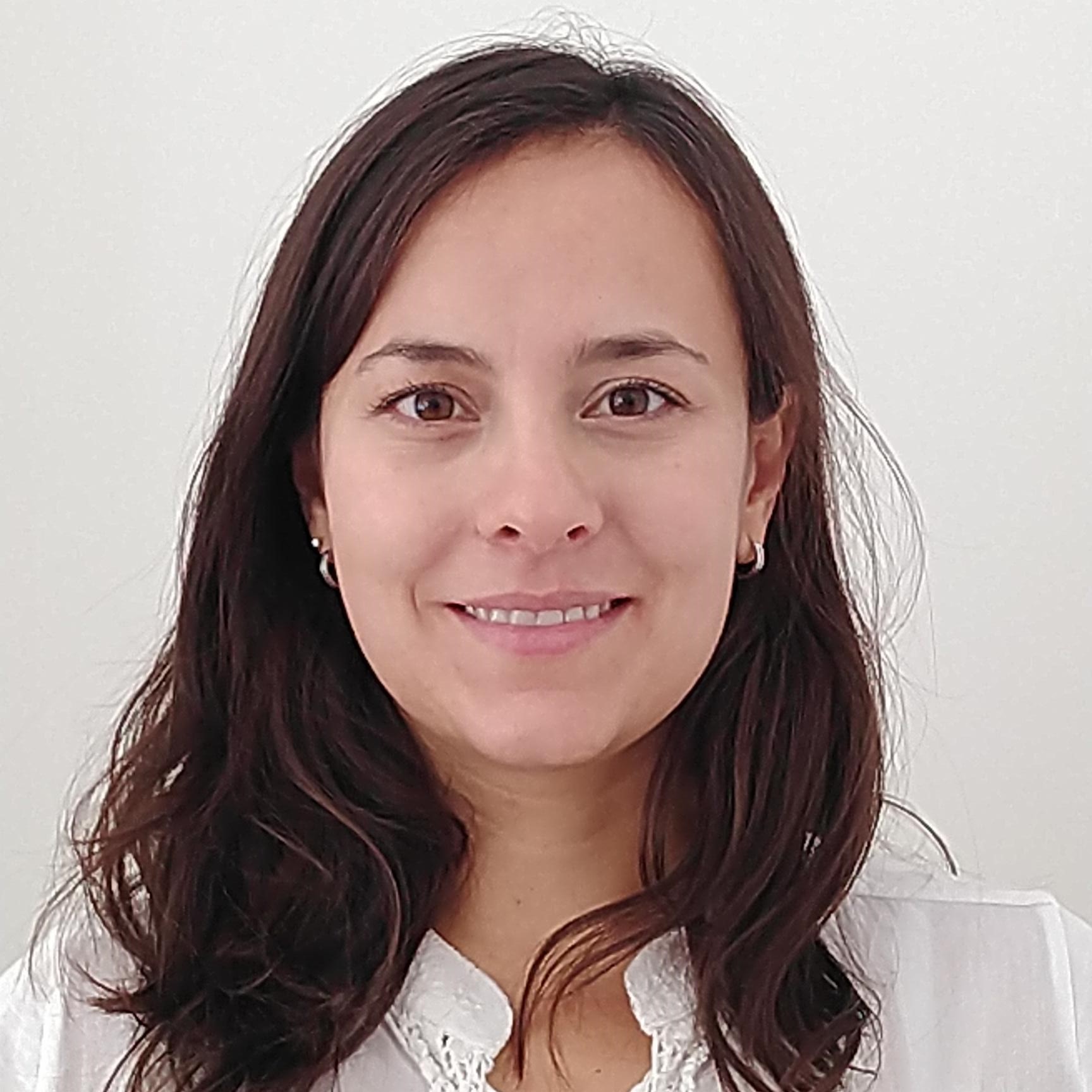| University | University of Groningen (UG) |
| Institute and/or group | Groningen Biomolecular Sciences & Biotechnology Institute (GBB) |
| Advisors | Prof. dr. Marco Fraaije (UG), Prof. dr. Bert Poolman (UG) |
| oLife Research Areas | II. Defining properties and synthesis of Life, from the molecular to the biosphere level III. Modelling, predicting and steering of Life |
| Start date
End date Next career step |
April 1, 2020
November 20, 2023 National Council of Research CONICET, Institute IHEM, Argentina |
Profile of the fellow
Laura was born in Mendoza, Argentina. Since a child she was attracted to chemistry and biology. She became a Molecular Biologist in 2009. Right after she pursued a PhD in Biocatalysis combining Organic Chemistry and Molecular Biology, finishing in 2014. It was in that moment when she found her true passion and switched to the Molecular Evolution world. She did a posdoc studying the origin and evolution of monooxygenases in San Luis, Argentina. She also experienced performing research abroad at top level institutions as the EBI in UK (2015) and the University of Chicago in USA (2018). She is a junior researcher at the National Council of Research (CONICET) in San Luis, Argentina and her main interest is to understand how enzyme functions emerge. Now, as a part of the oLife program, she will work on the enzymology of the origin of life.
Redox enzymology at the Origin of Life: genesis, evolution and functionality of the nucleotide-dependent enzymes
Enzymes weave the network of biological processes with an exquisite time precision that makes life possible. These structures predate life on earth and have proved to be evolvable, dynamic and amazingly efficient systems. The origin of functional enzymes seems to be intimately linked to the existence of cofactors, i.e.: organic molecules assisting catalysis. Billions of years of evolution have selected these enzyme-cofactor systems transitioning from a prebiotic to a full-of-life planet. The aim of this project is to discover and understand which the enzymes of the first living cell were. The following fundamental questions motivate this research: (i) how was the redox enzymology of the last universal common ancestor (LUCA)?; (ii) how did those ancestral enzymes evolved?; (iii) is the cofactor specificity an ancestral feature of protein folds?; (iv) are ancestral enzymes more promiscuous than modern enzymes?; (v) how crucial were the nucleotide cofactors for the origin of life?; and (vi) how did redox ancestral enzymes cope with the rise of oxygen?. By employing a historical biochemistry approach, the set of the primitive proteins devoted to the redox chemistry in LUCA will be described. These ancient enzymes will be brought back to life by ancestral sequence reconstruction. Experimental characterization will be carried out using high throughput techniques from enzyme kinetics and genetic engineering.

Dr. Laura Mascotti
